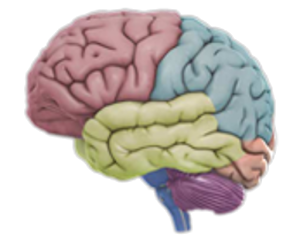Atrial fibrillation is a type of irregular heartbeat that is quite common in the elderly. This condition results in the tendency for blood clots to originate in the heart and move into the brain, plugging blood vessels and causing a stroke. The strokes associated with atrial fibrillation tend to be large and severe. There are several medications known as anticoagulants, or blood thinners, that are able to significantly reduce the risk of stroke in patients with atrial fibrillation.
Patients admitted to the hospital with either the most common type of stroke, known as ischemic stroke, may have no history of atrial fibrillation, and may have no other reason detected for their stroke. These are known as cryptogenic strokes, meaning that we are unable to determine the cause of their stroke at that time. Some of these patients are suspected to have atrial fibrillation, but it has not been demonstrated. Traditionally, these patients will be fitted with what has been known as a Holter monitor, which monitors heart rate for a 24 hour period.
Now, two groups have reported research studies utilizing new longer term monitoring devices for detection of atrial fibrillation in these patients. These were reported in the New England Journal of Medicine last week. These both showed a high detection of atrial fibrillation (AF) with prolonged electrocardiography (ECG) monitoring in patients who have had a cryptogenic stroke. One of the studies, called EMBRACE, demonstrated atrial fibrillation in 16% of patients in 30 days, compared with 3.2% in the patients who had 24 hour monitoring.
An accompanying editorial to these studies suggests that all patients with suspected atrial fibrillation should be monitored for several weeks.
The time of the 24 cardiac monitor is over for the detection of atrial fibrillation. It will now be possible to allow many more patients to be treated with appropriate medical therapy for stroke prevention.
